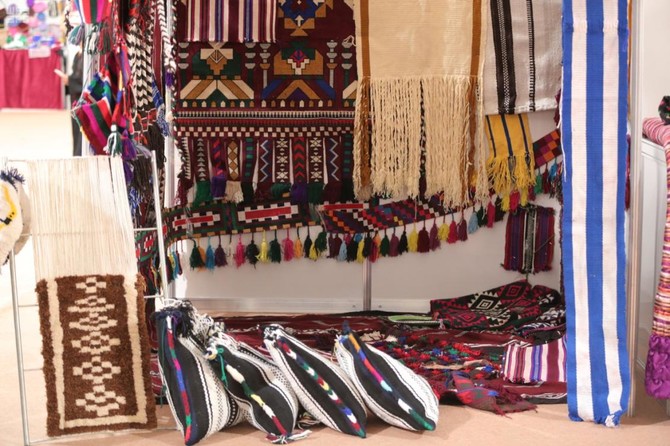Lifestyle
12.17.2020
Al Sadu joins UNESCO’s intangible cultural heritage program

The art of horizontal wool weaving, perfected over centuries by the Bedouin populations of the Arabian Peninsula, has just been recognized in its own right as a component of the cultural heritage of humanity by UNESCO, during a vote held on December 15 in Paris.
The Al Sadu, this ancestral know-how which designates a traditional form of weaving used in the Arabian Peninsula, has just entered the intangible cultural heritage of UNESCO.
Historically, it has been used by Bedouin women in rural communities to produce silky clothes and decorative accessories for camels and horses. After the men have sheared sheep, camels and goats, the wool is cleaned and prepared by the women. The yarn is then wound around a spindle, dyed and finally woven on a loom on the ground. The traditional colors are black, white, brown, beige and red. While there was a time when dyes were made entirely naturally, nowadays more synthetic materials are used.
Officially AlSadu weaving craft registered to the Intangible cultural heritage list in UNESCO ✨🇸🇦 pic.twitter.com/dKqauKbt89
— The Saudi Gate (@TheSaudiGate) December 17, 2020
A transgenerational know-how
Traditionally, weavers gather in small groups to spin and weave while exchanging short stories and occasionally singing or reciting poems. It is during such meetings that transmission takes place: younger people learn by observing and gradually participating in tasks such as sorting wool, before trying out the more complex techniques required for weaving. While it is obvious that with the particularly rapid socio-economic development of the region, such traditions are now much less widespread, there are still pastoral tribes in Saudi Arabia and elsewhere in the peninsula who continue to keep it alive. Today, UNESCO is giving them attention and support in this task so that a know-how that has survived through the ages can be maintained.
See also
undefinedpopular

